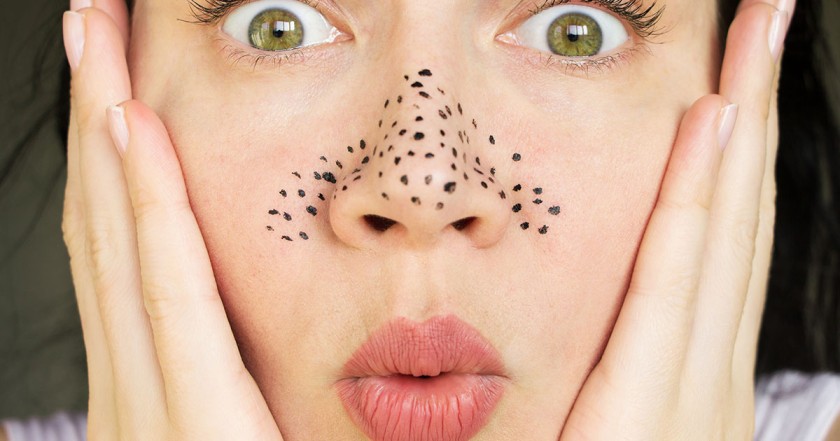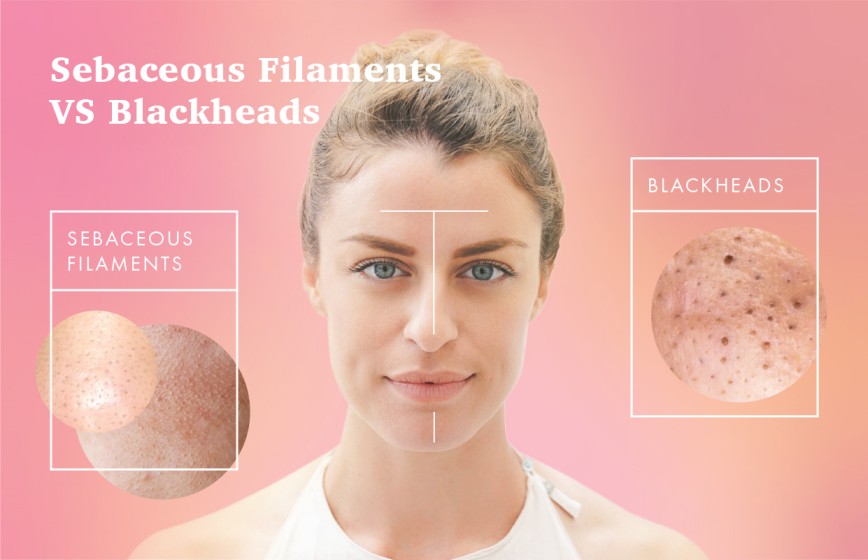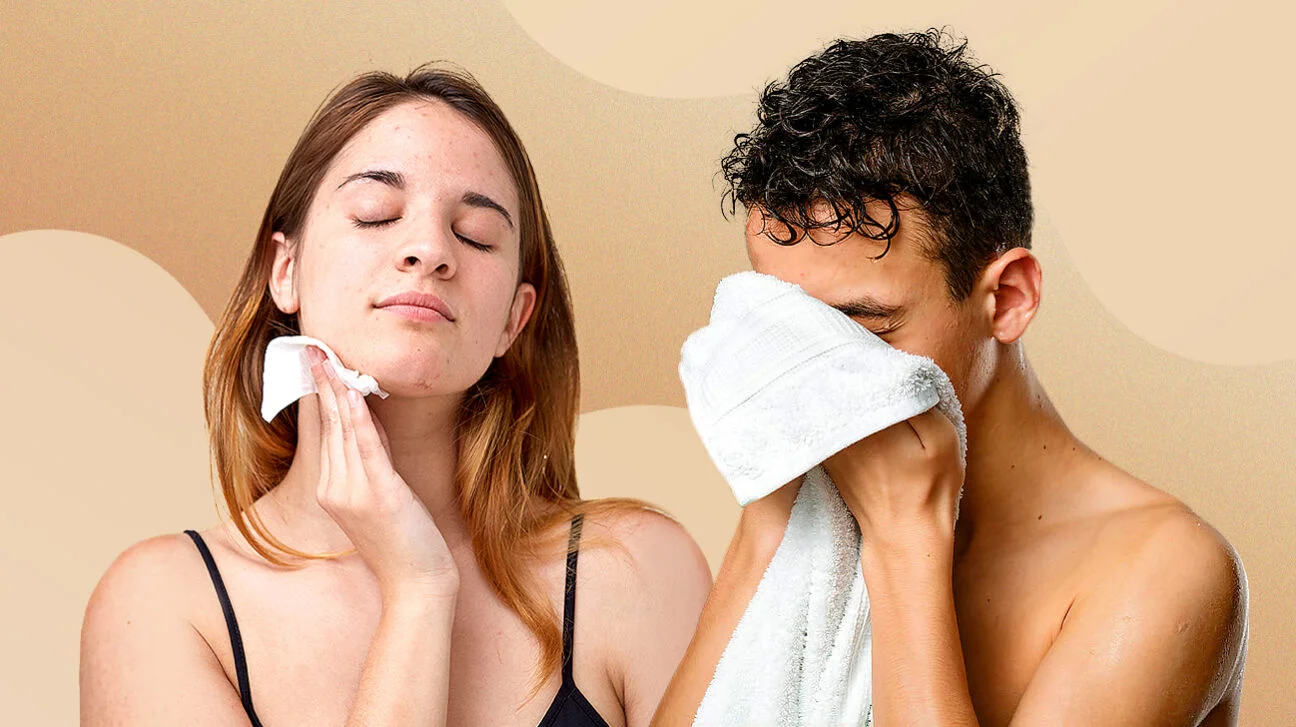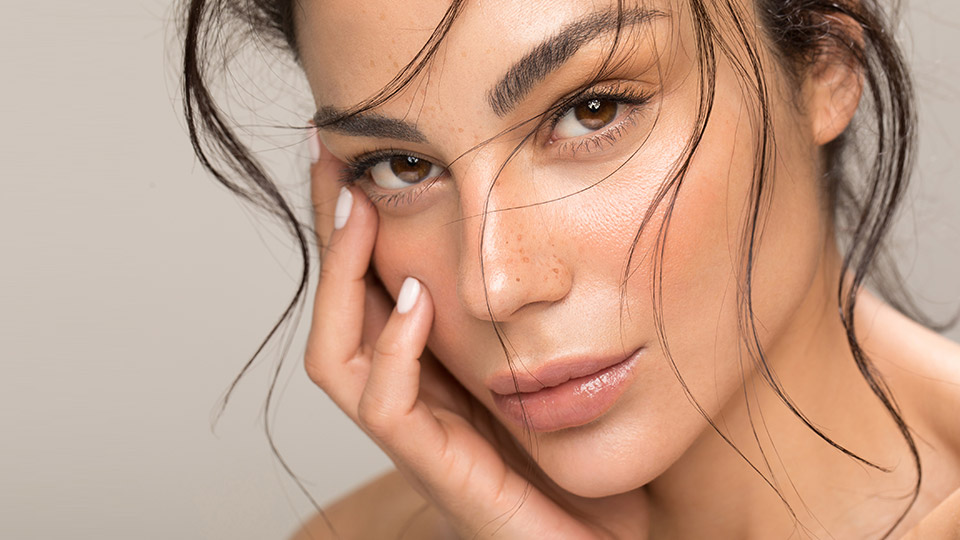How To Get Rid Of Sebaceous Filaments? Spend a moment truly examining the surface of your skin before you begin squeezing. That always present constellation of blackheads scattered over your nose, chin, forehead, or cheeks may not be blackheads or clogged pores at all. More often than not, the more obvious sebaceous filaments you see reflected back at you in the magnifying mirror — and your dermatologist really wants you to stop freking out over them.
Before you start fiddling with your face, it's crucial to properly detect any dark patches in your pores, even if they would seem to be a threat to be dealt with. Stop obsessing over your skin at close range first order of business.
Quick Guide to Help You Understand Oily Skin and Sebaceous Filaments

This tutorial will clarify the type of sebaceous filaments, how to control oily skin, and the best ways to keep a good complexion. The key ideas discussed in this essay are briefly summarized here:
Describe Sebaceous Filament.
Sebaceous filaments are tube-like structures in your pores' walls, notes Dr. Engelman. "You might find them on your face as little black dots.” Though what Reddit and TikHub users may have you thinking, you don't have to go to great efforts to have them kicked from your face.
"They are part of the normal anatomy of our skin," notes Dr. Hartman. "They help direct the extra oil and trash that might gather within a pore or hair follicle out." Though they can develop anywhere there are oil glands, Sebaceous filaments usually show up most on the nose and chin.
Are Dead or Oily Skin Cells to blame?
"Although sebaceous filaments may look a lot like blackheads, they are usually tanner or grayer in color unlike blackheads, and serve an important purpose — meaning you should leave them alone!" advises board-certained dermatologist Dr. Dendy Engelman of New York City. "Natural part of your skin, How To Get Rid Of Sebaceous Filaments help your skin to stay hydrated and shield itself from damage by moving oil from the sebaceous glands to the surface."
There are techniques to lessen their appearance if you still find yourself fixated on these naturally existing structures; just keep in mind that outcomes are not permanent. "You might be getting rid of a lot of the stuff the filament is holding, but you're not going to make it go away forever," says board-certified dermatologist and Skin Wellness Dermatology founder Dr. Corey L. Hartman of Birmingham, Alabama.
The wonderful news is There are over-the-counter medications and in-office treatments that really help to produce the desired clear complexion. TZR requested leading dermatologists to respond to all of your most important questions about sebaceous filaments treatment here.
Do Blackheads and Sebaceous Filaments differ?
You gambled. "A pimple is caused by bacteria or fungus, and is usually a fleshy bump that can have a white or black top, so the term whitehead or blackhead," says Memphis, Tennessee-based board-certified dermatologist Dr. Purvisha Patel, creator of Visha Skincare.
"A sebaceous filament is simply keratin and oil; there is no bacteria involved. They pose no harm. Like a blackhead, however, the contents of big pores in a sebaceous filament oxidize when they reach the air, giving the filament dark hue.
Should I squeeze the Sebaceousfilaments?

Though it would be gratifying to see these threadlike molecules pass through your pores, fight the need to grab and prod. "Using too much pressure can traumatize the outer skin layer, leading to breakaways, scabs, or even infections," explains New York City board-certified dermatologist Dr. Joshua Zeichner. Let professionals handle aggressive instruments like comedone extractors; keep fingers off.
"I know it seems really easy, but when you start dealing with that kind of stuff, you need an experienced hand," adds Dr. Hartman, who notes redness, inflammation, hyperpigmentation, and scarring can follow from attempts to remove sebaceous filaments yourself. Stay with more reliable choices, such as good, old-fashioned pore strips or the Dermaflash Dermapore, which gently removes sebum and trash using ultrasonic vibrations.
Can I get rid of sebaceous filaments?
The quick response is no; and neither should you wish to as they help to preserve good skin. Should you be able to effectively communicate the contents of a sebaceous filament, it will fill once more in roughly one month. "Like pore size, you're not going to permanently change the appearance of How To Get Rid Of Sebaceous Filaments," advises Dr. Hartman. "The skin contains some anatomical features that just sort of are what they are."
Though you cannot eliminate sebaceous filaments, all hope is not lost if these small dots continue to cause you anxiety. Reduce their appearance at home by including skincare products in your regimen including those with the following:
- retinal
- Alpha hydroxys acids
- salicyclic acid
- sulfury
- clay for oil absorption
- E vitamins
Adds Dr. Hartman, be cautious of pore-clogging products including coconut oil, shea butter, tea tree oil, and petroleum.
Can salicylic acid or will "skin gritting" remove Sebaceous filaments?
A cursory search of "sebaceous filaments treatment" on TikHub can turn up a technique many on the platform have called "skin gritting." Usually involving softening skin with an oil cleanser, exfoliating with an acid, masking with a clay essential oil-based product, and massaging your face for as long as 15 minutes with the oil cleanser to clear congestion (i.e., grits), this multi-step technique usually results in
"While combining an exfoliating acid, a purifying mask, and an oil will give you a deeper clean by pulling out pore-clogging material, much of the blackheads and gunk you feel are likely excess product that you just applied," advises Dr. Engelman, who cautions that skin gritting isn’s "pore-cleansing miracle" it's cracked up to be. According to Dr. Patel, this time-consuming habit can also help the skin seem laxer and enlarge pores over time.
Discover how to eliminate sebaceous filaments.
See your dermatologist to discuss a topical retinoid such as Altreno or Arazlo, which accelerates cell turnover with minimum side effects. Dr. Hartman advises La Roche-Posay Effaclar Adapalene Gel for like results without a rX.One percent topical retinoid for acne.) Your doctor might also advise an in-office treatment, including a medical-grade peel or a HydraFacial, which moves dead cells and vacuum out pores using mild suction.
Moreover, there are plenty of over-the-counter products that fight obvious sebaceous filaments equally successfully. The main lesson to keep in mind, advises Dr. Zeichner, "More is not better when it comes to treating sebaceous filaments." Add fresh products to your regimen gradually to prevent aggravating skin problems and stripping it.
Why do sebaceous filaments develop?
Found on the interior of the pore, hair-like structures called sebaceous filaments assist sebum flow across the surface of the skin. Those with oily skin or bigger pores are more likely to have sebaceous filaments treatment. One can find them resulting from several elements.
Among the most often occurring causes of How To Get Rid Of Sebaceous Filaments are the following:
- Traits
- An age
- thicker hair follicles
- Sunlight exposition
What is the difference between sebaceous filaments and blackheads?

Blackheads and sebaceous filaments have somewhat similar looks. While blackheads are entirely black, closely examined sebaceous glands exhibit a yellow-grayish tinge.
Blackheads are a kind of acne brought on by dead skin cells clogging the pore and oxidizing them. On the skin, blackheads will show up as elevated, black pimples. Extremely smooth, sbaceous filaments never leave lumps nor show out from the face. Sometimes blackheads are preceded by sebaceous filaments.






